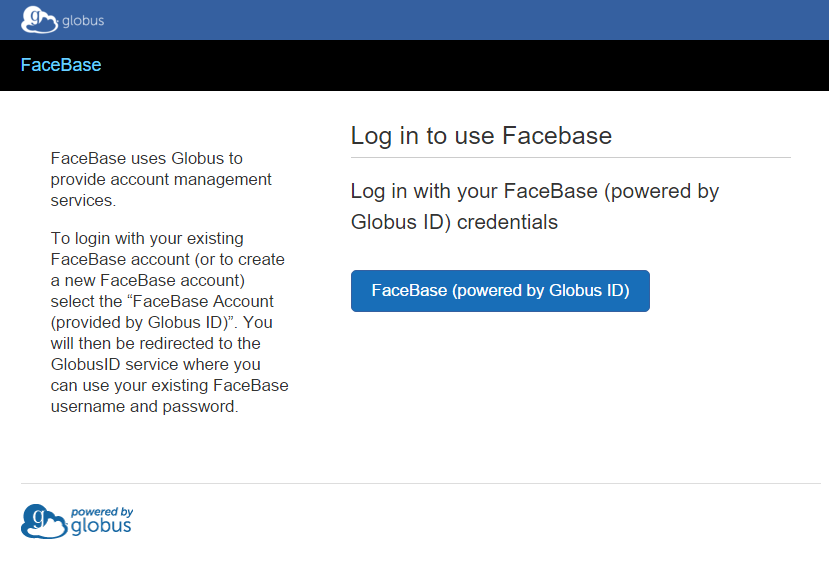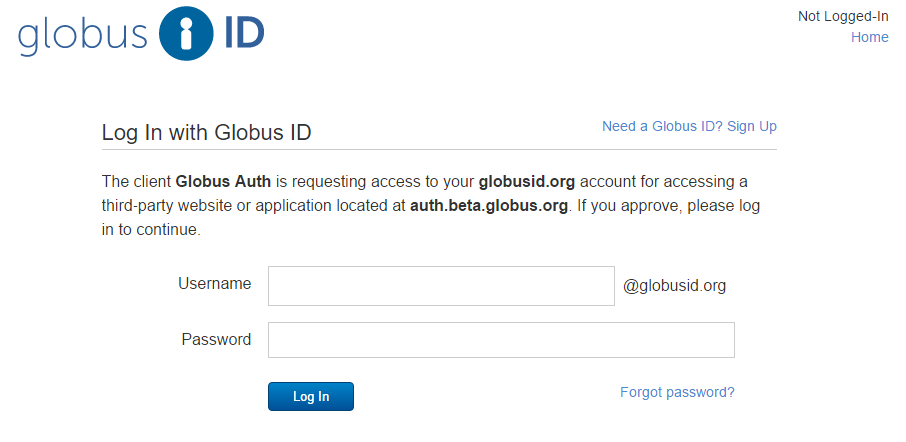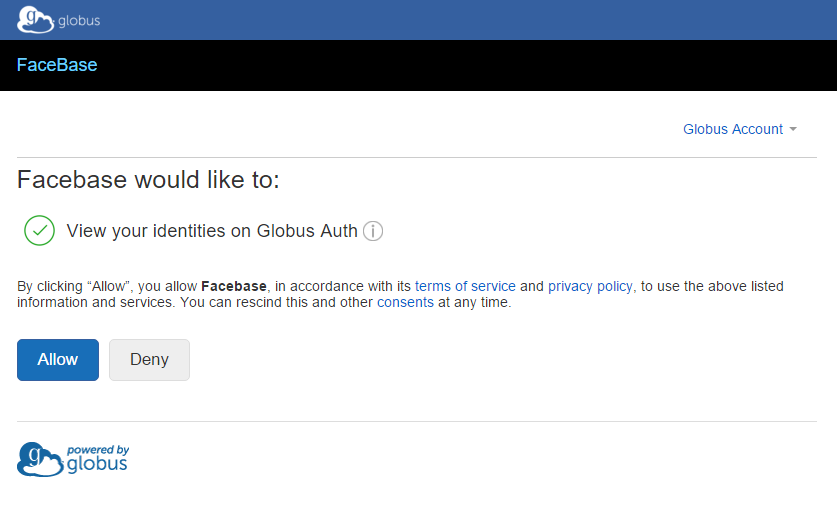News & Events
Weinberg and his group publish PLOS Genetics paper (28 September 2016)
Dr. Seth Weinberg, who co-helmed the 3D Facial Norms Database project from the first phase of FaceBase, has co-authored a paper identifying specific gene variations for healthy human facial characteristics.
In Genome-Wide Association Study Reveals Multiple Loci Influencing Normal Human Facial Morphology, published on Aug. 25 in PLOS Genetics, genome-wide association meta-analyses were conducted of 20 quantitative facial measurements derived from the 3D surface images of 3118 healthy individuals of European ancestry. Analyses were performed on just under one million genotyped SNPs.
“Our analysis identified several genetic associations with facial features not previously described in earlier genome-wide studies. What is exciting is that many of these associations involve chromosomal regions harboring genes with known craniofacial function. Such findings can provide insights into the role genes play in the formation of the face and improve our understanding of the causal factors leading to certain craniofacial birth defects.” – Dr. Seth Weinberg.
You can find the publication at PLOS Genetics.
Presentations from the 2016 FaceBase Annual Meeting in Denver (18 May 2016)
Our thanks go out to Trevor Williams and all of the people at the CU Anschutz Medical Campus for being wonderful hosts for the FaceBase Annual Meeting on May 2nd and 3rd. Our first day was again open to the public and attended onsite by many local students while over 40 people attended via webcast. We thank you all for joining us.
For those who weren’t able to make it, we’ve posted presentations and videos from May 2nd that have been approved for public viewing.
-
Slides from that day are available on our Presentations page here.
-
View videos of the presentations on our YouTube playlist.
The next Annual Meeting will be in Boston on April 24-25. To keep informed, please consider signing our mailing list here.
2016 FaceBase Annual Meeting in Denver May 2-3 (02 March 2016)
The next annual meeting of the FaceBase Consortium will be held May 2-3 in Denver, Colorado. We are pleased to announce that once again, the first day of the meeting – Monday, May 2nd – will be open to the general craniofacial research community and will be webcast.
During this day-long meeting, each FaceBase project will introduce themselves and describe their progress during the past year for FaceBase 2.
You can view the event page here: 2016 FaceBase Annual Meeting.
We will publish more information about the agenda, webcasting and registration as details are confirmed.
To stay updated, please click this link to sign up for the 2016 Annual Meeting information list.
Upgrade to FaceBase authentication - Phase 1 on Feb 13th (09 February 2016)
We are making some changes to the FaceBase account management system to give users more options to log in to FaceBase using their organizational identities (e.g., NIH logins, Google, University accounts, etc.) Note that the existing FaceBase accounts which are provided by Globus ID (www.globus.org ) will continue to function as is.
What does this mean to existing users? For most users, the impact will be minimal.
- On February 13, you will be able to access the website and browse open FaceBase data. However, for a period of 4 to 8 hours starting from 10:00 am PST, you will not be able to login to download data. Afterwards, when you login to FaceBase, you will automatically be redirected to the Globus ID provider to authenticate your existing FaceBase username and password. The screens will look a little different than what you’re used to (see screenshots below).
- After March 1, you will still be able to log in with your existing FaceBase account (i.e. Globus ID) but you will now also have the option to log in with any of the supported identity providers.
Here are the details. We will deploy these changes in two phases:
Phase 1: Transition Period (February 13 - March 1)
During the transition period, all existing FaceBase accounts will still be usable - however, they will now be referred to as “Globus IDs”.
When you log in to FaceBase you will see an option to select an identity provider which will include a reference to “FaceBase Account (Provided by Globus ID)”. That’s your regular FaceBase account, so just choose that option.
You will then be redirected to the Globus ID provider where you will use your current FaceBase username and password.
After logging in you will also see a screen confirming that you allow FaceBase access to your identity on Globus. Click Allow and your login will be complete.
Phase 2: System Upgrade (March 1)
We will update the FaceBase account management software. As a result, when logging in to FaceBase you will be able to select one of the many supported identity providers.
You will still be able to use your existing FaceBase account using the “FaceBase Account (Provided by Globus ID)” identity provider.
However, you will also have the option to link your FaceBase account to another supported identity provider (i.e., your campus or NIH login). We will provide instructions for that closer to the transition date.
Note that you could login with a different identity provider without linking to your current FaceBase account BUT if you do so, this would create a new, separate account that will need to go through the FaceBase approval. Therefore if you want to migrate to using a different identity provider, we recommend taking just a couple of extra steps to link your accounts.
And remember, you don’t actually have to do anything, you can just use your existing FaceBase2 account as usual, the only difference is that some of the screens will look a little different.
We think this will make it much easier for folks who want to log in to download FaceBase data. We appreciate your patience during this transition.
Site updates - First new FB2 datasets now available (14 December 2015)
This month marks the first publication of data from FaceBase 2 projects plus new features for the website.
New data is now available from these projects:
- Developing 3D Craniofacial Morphometry Data and Tools to Transform Dysmorphology (co-PIs: Rich Spritz and Ophir Klein)
- Genomic and Transgenic Resources for Craniofacial Enhancer Studies (PI: Axel Visel)
- Integrated Research of Functional Genomics and Craniofacial Morphogenesis (PI: Yang Chai)
- RNA Dynamics in the Developing mouse Face (co-PIs: Trevor Williams, Joan Hooper and Kenneth Jones)
- Transcriptome Atlases of the Craniofacial Sutures (co-PIs: Ethylin Jabs, Greg Holmes and Harm van Bakel)
This month’s data includes the following experiment types:
- Hard tissue microCT images
- Morphometric analysis
- RNA expression (microarray)
- RNA expression (RNA-seq)
- Soft tissue microCT images
Click here to view all of the new datasets
The Hub is also happy to announce these two new sections of the website.
The Gene Summary content from the legacy site is back. This section allows you to view gene expression drawings of mice by gene and, where available, includes corresponding human data.
We have also added a new page called the Mouse Matrix. This page is a table of available datasets per mouse anatomical feature and age stage. Click on a cell to see a list of links to all related datasets.
The Hub wishes you and yours a safe and happy holiday season. We are looking forward to many more updates to FaceBase offerings in the coming year.
— The FaceBase Hub



